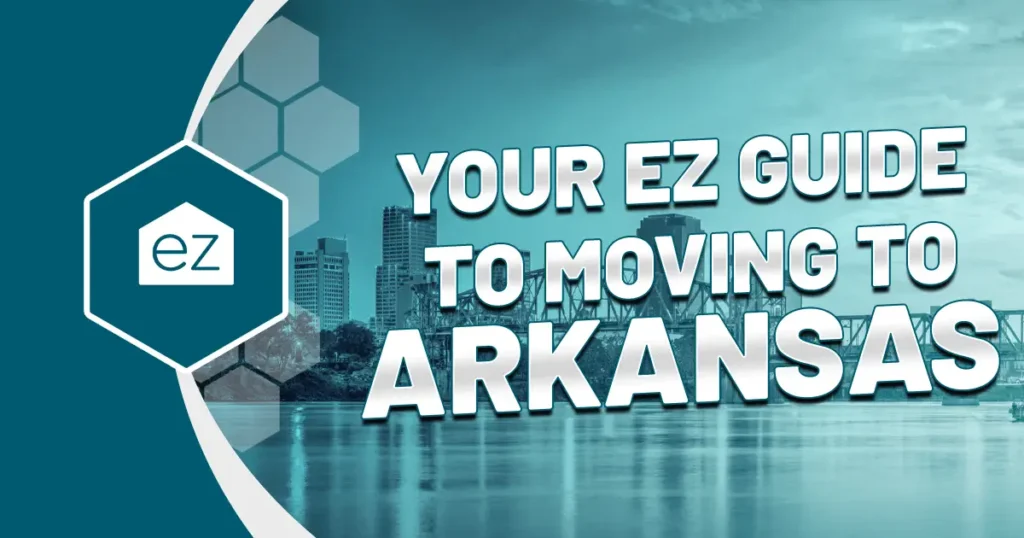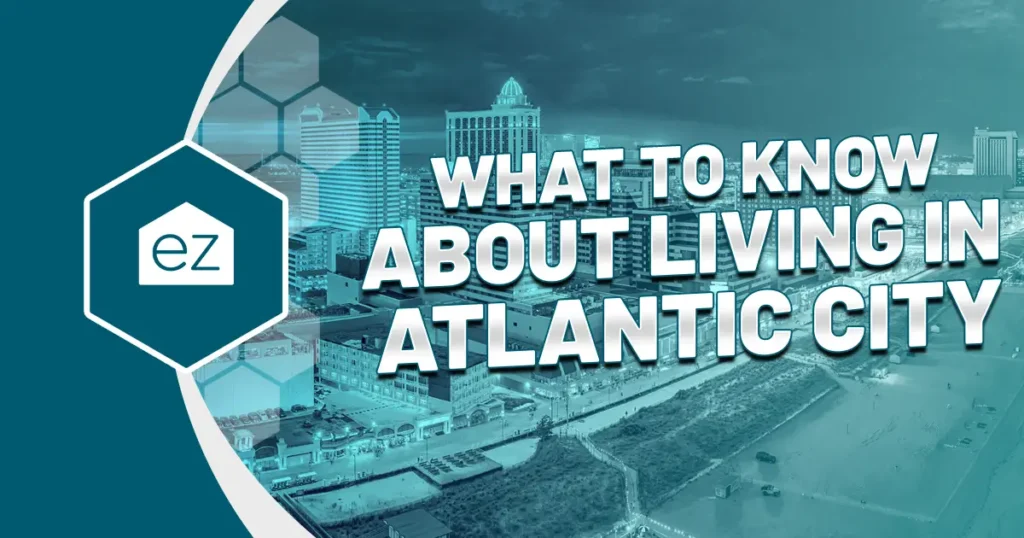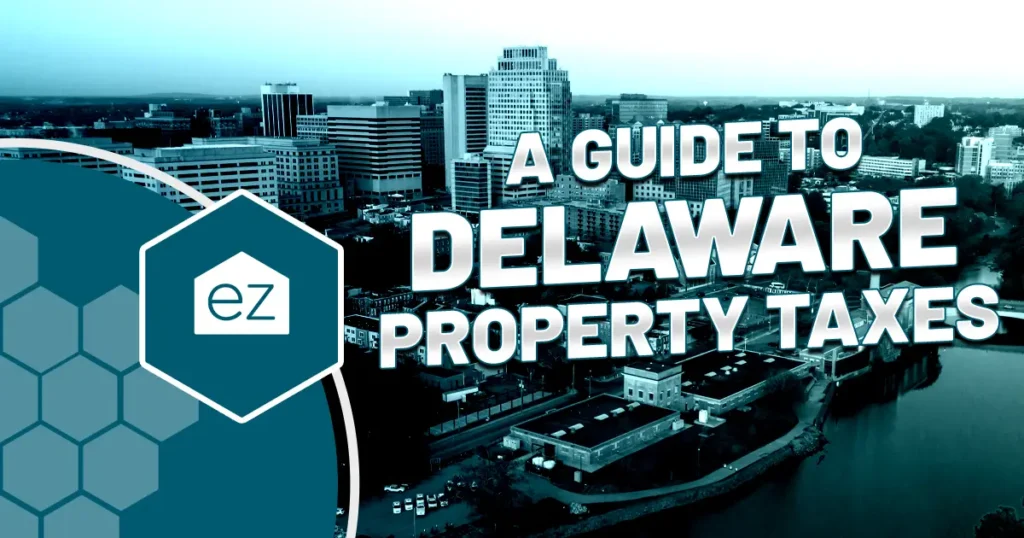A Guide to Florida’s 9 Regions
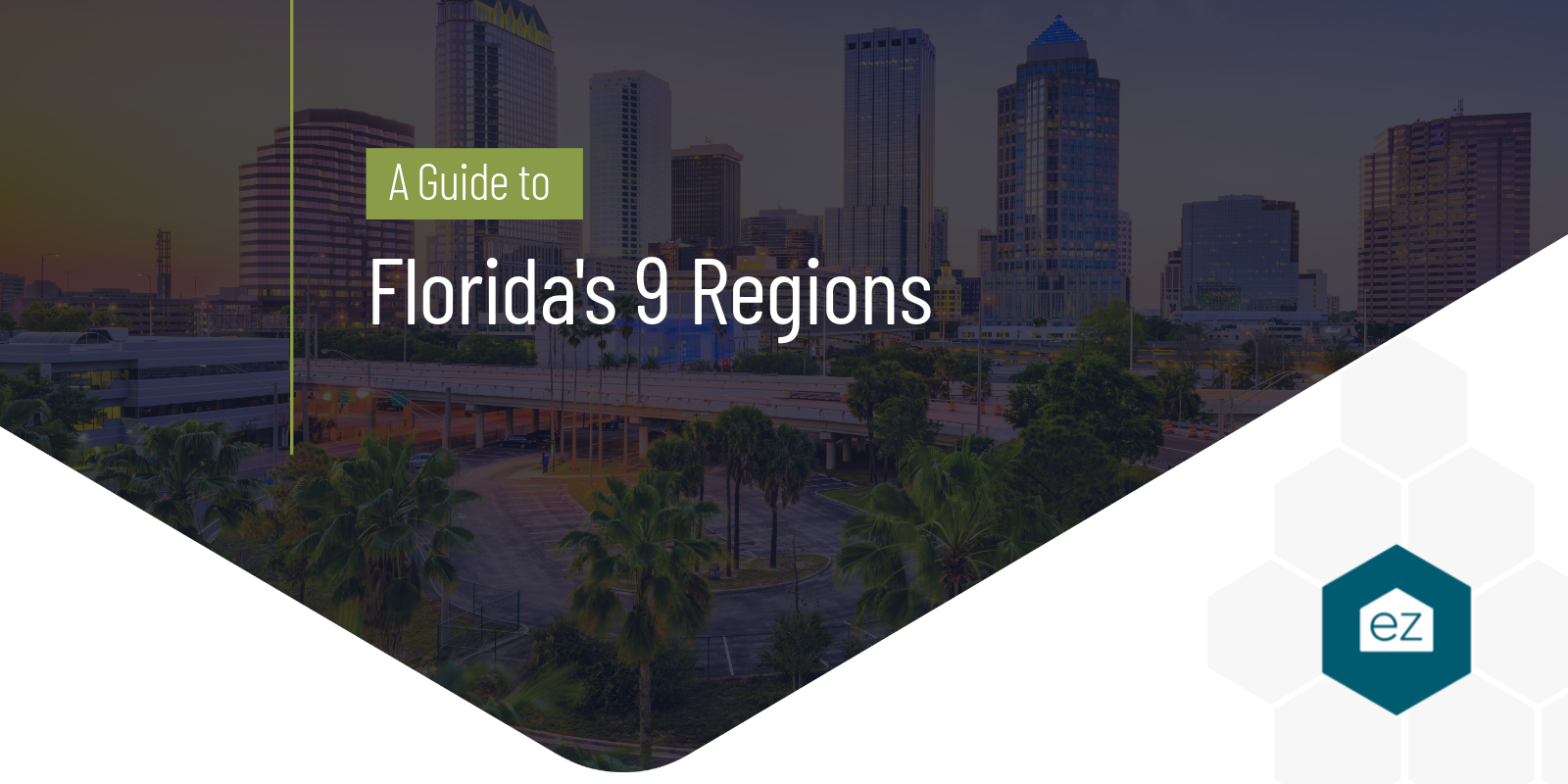
A Guide to Florida’s 9 Regions
If you’ve never visited Florida, you may not realize how large and diverse the state really is. To drive from Pensacola to Key West would take over 12 hours and cross two time zones. With so much distance from the top to the bottom, Florida’s geography and culture change significantly along the way.
Exactly how many regions are in Florida varies by person. Some say four, some say six, some even more. We’ve gone with eight regions and included additional nicknames for these parts of the Sunshine State.
Here’s a guide to Florida’s regions:
The Panhandle
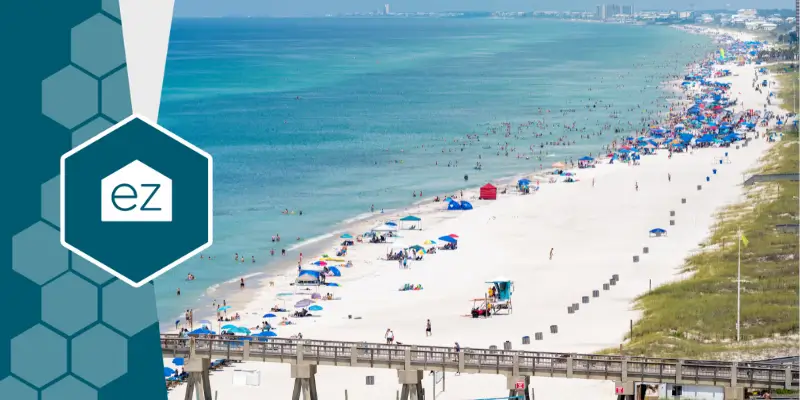
Starting at the top, this region includes the westernmost part of Florida, stretching from Pensacola to Tallahassee. It’s the “handle” you see on the map. The Florida Panhandle is a popular tourist destination thanks to its white sand beaches and Emerald Coast waters. Cities like Pensacola, Destin, Fort Walton Beach, and Panama City bring people to play in their turquoise waters all year. Florida’s state capital Tallahassee is also located in the Panhandle, amongst rolling hills and pine forests.
While the coastline has world-class beaches, inland you’ll find forests, rivers, and parks. The topography can be surprisingly hilly for a state considered flat. In between are blackwater rivers and slow-moving swamps.
Culturally, the Panhandle has more in common with the Gulf Coast states to its west and Georgia to the north than with Florida as a whole. In fact, some folks in the Panhandle even consider themselves part of the Deep South. Locals love Apalachicola Bay oysters, shrimp, and crawfish. You’ll find that sweet tea is a staple here, and people are friendly and welcoming.
The coastline tends to be more crowded and developed. You’ll find rural Florida hammocks and small towns with southern hospitality and charm as you move inland.
North Central Florida
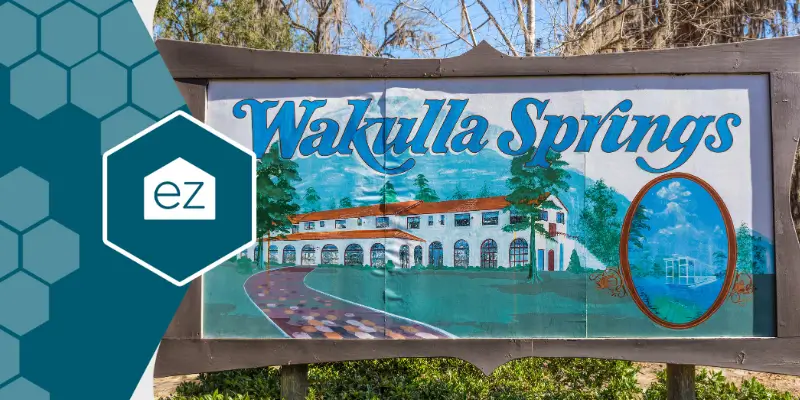
This region spans the area from Tallahassee across to Gainesville and down through Chiefland. It’s home to some of Florida’s iconic natural attractions like Wakulla Springs and Florida Caverns State Park.
This part of Florida is known for its extensive stretches of forests and farmland. It’s a beautiful area with lots of hidden gems. Caving, hiking, and kayaking are popular activities in this region. Florida’s largest freshwater spring, Ichetucknee Springs State Park, is found here, and so is the scuba-diving destination Ginnie Springs. So are the state’s only whitewater rapids at Big Shoals State Park. The historic Suwannee River wanders from the Okeefenokee Swamp in Georgia, connecting the North Central region to the Gulf of Mexico.
You’ll find quaint towns scattered across the rolling hills, such as Micanopy, Live Oak, Cedar Key, and High Springs.
Tallahassee, the state capital, is located on the edge of this region. It’s a college town with a lot of character and southern charm. Florida State University and Florida A&M University call Tallahassee home. The city has many historical landmarks and museums to explore.
Gainesville is another well-known city in North Central Florida. Best known for the University of Florida, one of the largest universities in the country, the city has a vibrant arts scene and lively nightlife.
Culturally, North Central Florida identifies more with Southern culture, with pockets of more progressive, urban towns like Gainesville. Many small towns, agricultural lands, and pine tree forests are outside the cities.
Tampa Bay
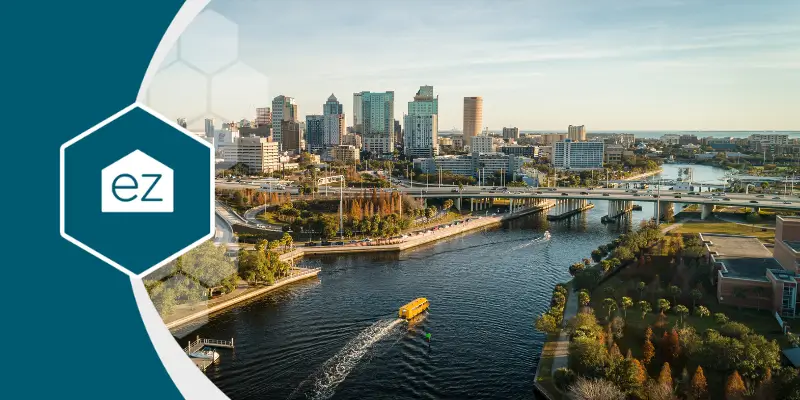
This region includes the counties around Tampa Bay on Florida’s Gulf Coast. It’s a large metropolitan area home to over three million people. The area comprises several major cities: Tampa, St. Petersburg, and Clearwater. Other smaller towns serve the metro, including Bradenton, Tarpon Springs, and New Port Richey.
Tampa Bay is known for its beautiful beaches, warm weather, and diverse population. It has a fascinating and long history with ties to Cuba dating to the Spanish-American War in the 1800s. A large number of Latin immigrants flavor Tampa’s unique culture. You’ll find Cuban, Spanish, and Italian influences throughout Tampa Bay. The Columbia Restaurant is Florida’s oldest still-operating restaurant and serves Spanish fare.
The Tampa Bay metro hosts several professional sports teams, including the Tampa Bay Buccaneers (NFL), the Tampa Bay Rays (MLB), and the Tampa Bay Lightning (NHL). All have won national titles in their respective sports.
The northern part of the Tampa Bay region is often called the “Nature Coast.” It’s less crowded than the Tampa-St. Pete area and home to many nature preserves. Florida’s famous Weeki Wachee Springs is a natural spring where you can see live mermaid shows. Crystal River is a destination for swimming with gentle Manatees.
Central Florida/Orlando Metro
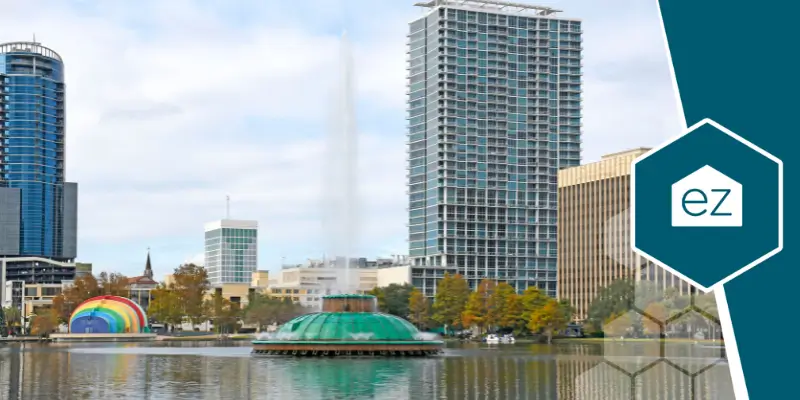
Beside Tampa is Central Florida, home to the Orlando metro. It’s home to over 2.5 million people and is one of the most popular tourist destinations in the world. Some locals call Central Florida the “I-4 corridor” or “I-4 Region” because Interstate 4 bisects the state from Tampa to Daytona right through Central Florida and Orlando.
You can’t miss the many theme parks in Orlando. Families come from around the world to visit Walt Disney World, Universal Studios, and SeaWorld. Orlando’s attractions include water parks and sideshow entertainment.
Professional sports teams give locals something to root for. The Orlando Magic (NBA), the Orlando City Soccer Club (MLS), and the Orlando Pride (NWSL) play from the city. The University of Central Florida (UCF) Knights also brings together sports fans for exciting basketball, football, and other athletics.
Naturally, the city has a diverse population and countless amenities. Locals have many different types of food and entertainment options in Orlando. Dining includes Michelin-starred restaurants, big chains, local chefs, and dinner shows. There are five major shopping areas, including The Mall at Millenia and Disney Springs, plus countless centers and outlet locations.
Geographically, the Orlando area ranges from primarily low-lying and flat to rolling hills in the northwest area. Parts of the city are converted into swampland. Many lakes and reservoirs dot the local landscape. Central Florida is known for its hot, humid summers and mild winters.
The strong tourism influences, several large colleges, and diverse population make Orlando distinct culturally in Florida, as it doesn’t identify as southern, northern, or Latin. Global influences abound across the city, making living here a multicultural experience. The city is constantly changing and growing, with new attractions and experiences popping up all the time.
Southwest Florida
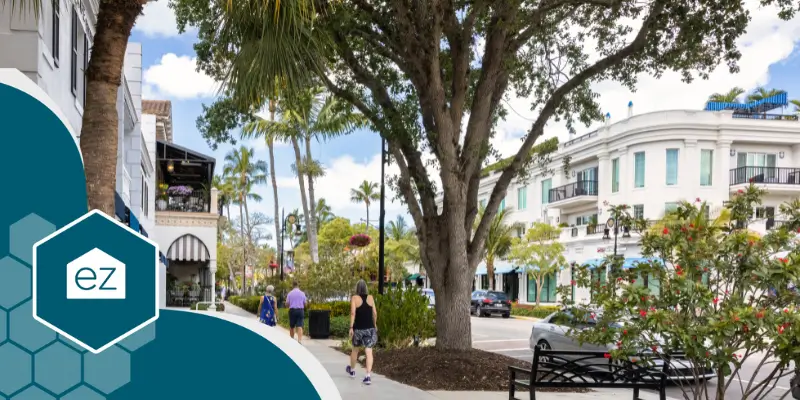
Continuing along the Gulf of Mexico side, southwest Florida comprises the area around Fort Myers and Naples on Florida’s Gulf Coast. Lee County, the central part of this region, has 1.2 million residents.
One nickname is the “Suncoast” because of the abundant days of sunshine. The area is known for its white sand beaches, golf courses, and luxury resorts. It’s a popular destination for tourists worldwide, especially during the winter months when snowbirds flock to the area to escape the cold weather up north. They come to places like Siesta Key, Pine, Sanibel, Captiva, and Marco Island to live abundantly and soak in Florida’s seaside beauty.
The northern part includes Sarasota and Charlotte counties. Sarasota is home to the Ringling Museum of Art, Florida Studio Theatre, and Asolo Repertory Theatre. The downtown area has high-end shops, restaurants, and a farmers market.
Fort Myers, Cape Coral, and Punta Gorda are central to the region and oft-visited for their beaches, fishing, golfing, and Florida Panther games. Florida Gulf Coast University (FCGU) is located here.
The southernmost part touches on the Everglades National Park. Here is a low-lying and flat area with many barrier islands and wetlands. Naples and Marco Island, in particular, are known for their affluent population. They are the primary tourist destinations, with beautiful white sand beaches, five-star hotels and resorts, golf courses, and more.
Overall, the region has a diverse population and a strong economy. It’s known for its high quality of life and relaxed lifestyle. People prize the casual feel of the seaside towns and coastal regions, especially compared to the east coast. The local age distribution does skew older, and on the whole, the towns here are popular retirement destinations.
The Florida Keys
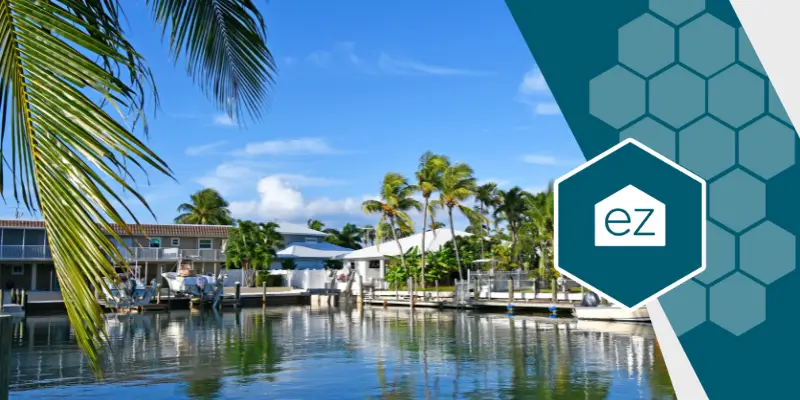
The Florida Keys are a chain of islands off the mainland southern coast, connected by bridges. They’re a popular destination for boaters, fishermen, and tourists from all over the world.
Key West is the largest and most well-known of the Florida Keys. It’s a small island with a population of about 25,000 people. Key West has a reputation for being a “party town” and relishes its festive atmosphere. Attractions include the Ernest Hemingway Museum and annual events like Fantasy Fest and the Key West Lobsterfest.
Islamorada is called the sports fishing capital of the world and has a fishing fleet to support its claims. Meanwhile, Big Pine Key provides a habitat for Key deer, the small subspecies found nowhere else in the world.
Overall, the islands have a laid back culture influenced by Bahamian, Cuban, and African customs. The people are friendly and tend to be more liberal-minded.
The Florida Keys have a subtropical climate, with warm weather year-round. The islands are vulnerable to hurricanes and tropical storms.
Southeast Florida/Miami Metro
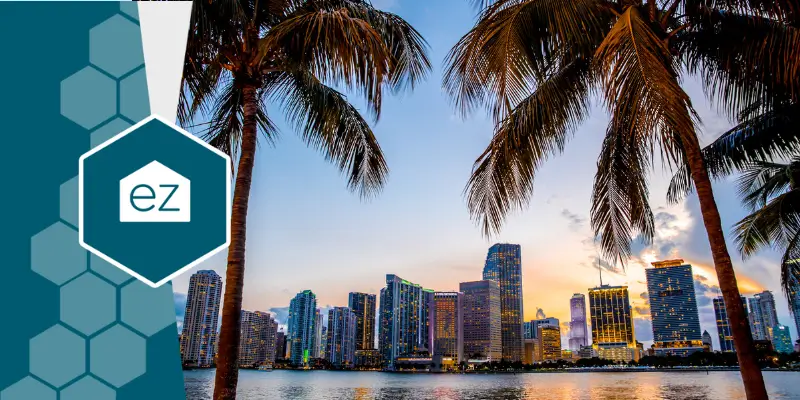
Moving back northward now on The Atlantic coast, the Southeast Florida region includes the area around Miami and Fort Lauderdale. It’s a culturally diverse region with a population of about six million people.
People know Miami’s art deco architecture, white sand beaches, and vibrant nightlife. The city is a melting pot of cultures with strong Latino influences. Many immigrants from Cuba, Haiti, Puerto Rico, and other Central and South American countries choose to settle in Miami, creating communities like Little Haiti and Little Havana. The melting pot brings many different types of food, music, and entertainment to the Miami lifestyle.
Fort Lauderdale is known for its canals and yachting culture. It’s a popular destination for spring breakers and tourists from all over the world.
North of these destination metros is the “Treasure Coast,” a stretch of developed beaches along I-95 and A1A with a history of shipwrecks and pirate activity. It includes destinations like Port St. Lucie, Vero Beach, and Fort Pierce. These communities offer robust modern amenities but less crowding than the Miami metro.
The region has a tropical climate, with hot, humid summers and mild winters.
Space Coast
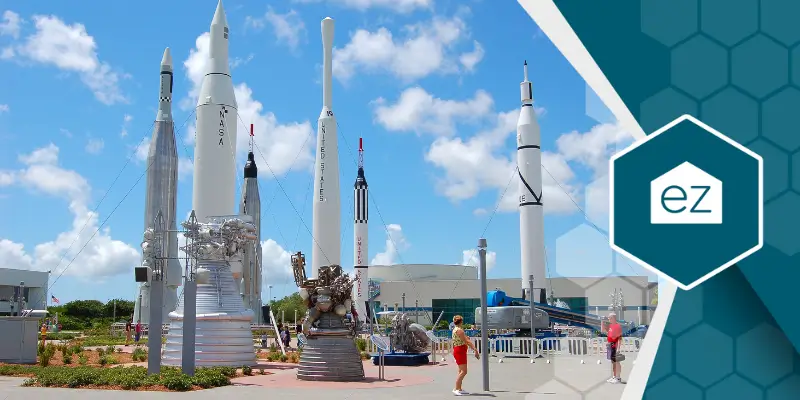
The Space Coast region includes the counties around the Kennedy Space Center and Cape Canaveral, where NASA and other entities launch rockets into space. It’s home to about half a million people just 45 miles east of Orlando.
The space program’s presence at Cape Canaveral dates back to the early days of NASA when this coastline was less developed. Today, the Kennedy Space Center is still an active launch site. Residents are often treated to the sights of rocket trails extending into the sky. You can tour the facilities and see rockets being prepared for launch.
The Space Coast spans 72 miles of coastline. The area has a laid-back Florida feel with small towns, beaches, and fishing. Naturally, it’s home to many beaches, including Cocoa Beach and Indian Harbour Beach, which are popular with surfers.
Towns on the Space Coast include Melbourne, Satellite Beach, Titusville, and Cocoa. Much of it lies inside Brevard County.
Northeast Florida
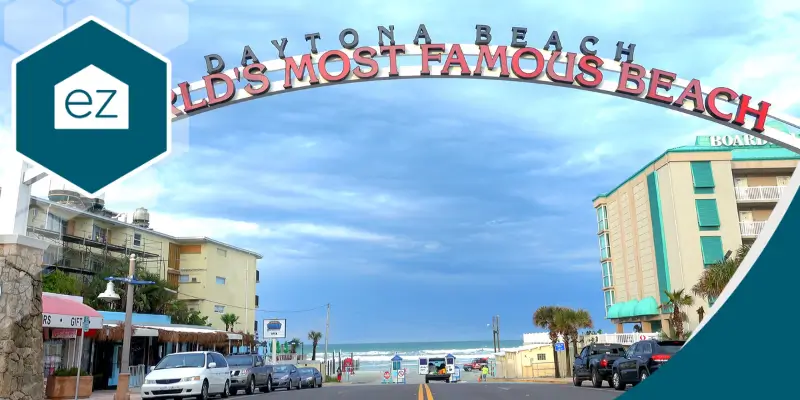
Northeast Florida includes the area from Daytona Beach to Jacksonville, the largest city in Florida by land area. St. Augustine, the oldest permanent settlement in the Americas, is part of Northeast Florida. In sum, it spans seven counties and 25 municipalities.
The local nickname is “First Coast” for two reasons: its history in America’s colonization and because it has the first beaches visitors hit coming south on I-95.
The First Coast area is known for its sandy beaches, golf courses, and lush vegetation. Inland, the northeast is more rustic, with the north-flowing St. Johns River, small old Florida towns, and nature preserves. It has a subtropical climate, with hot summers and mild winters.
Jacksonville is a diverse city with a strong economy. It’s home to many different types of businesses, including the headquarters of Florida Blue and Fidelity National Financial. The city has a growing arts and culture scene, with many different museums and art galleries.
Daytona Beach is known for its Daytona International Speedway, where the Daytona 500 NASCAR race is held annually. The city also has a beachside boardwalk with many shops and restaurants.
St. Augustine is the nation’s oldest city, founded in 1565. The old Spanish forts and buildings make the town a popular tourist destination, with many museums, art galleries, and restaurants.
Culturally, northeast Florida is diverse within its boundaries. The St. Augustine era has a strong Spanish influence, while Jacksonville draws in commuters and locals from nearby Georgia. The small towns around the major cities have a southern flair and feel. Meanwhile, Fernandina Beach has a laidback, coastal-town vibe. Inland regions like Palatka and Starke identify with “Dixie” culture, making them more conservative and awash with southern hospitality.
Living in Florida
When people think of Florida, they often think of Miami or Orlando. But as you can see, there’s so much more to the state than just those two destinations. Florida’s many regions have developed unique cultures based on their varied history and migrant influences.
No matter where you are, one commonality is the state’s tropical climate, with hot summers and mild winters. Everyone in Florida is susceptible to hurricanes and tropical storms. The weather helps bind the state together.
In short, there’s something for everyone in Florida, no matter what you’re looking for, as long as warm weather and sunshine are what you desire.
Start Your Home Search
Preston Guyton
Share this Post
Related Articles
City Guide
Your EZ Guide to Moving to Arkansas
City Guide
A Guide to Connecticut Property Taxes
City Guide
What to Know About Living in Atlantic City
City Guide
